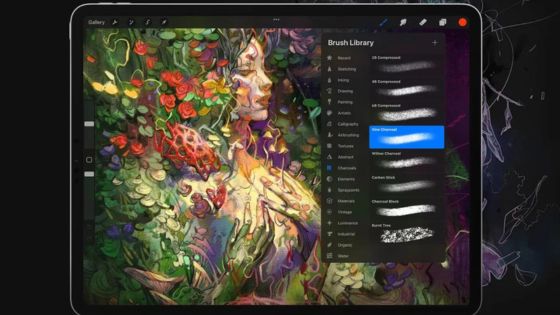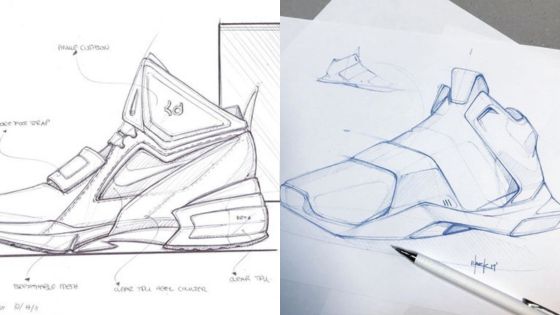Artists often use reference poses to create accurate and dynamic figure drawings. These poses help artists study anatomy, proportions, and movement. Female reference poses are particularly useful for capturing the nuances of the female form.
The top 5 female pose references provide artists with versatile options for their artwork. These poses showcase different aspects of the female figure, from standing to seated positions. They allow artists to practice depicting various angles and body types.
1. Standing Pose with Hand on Hip
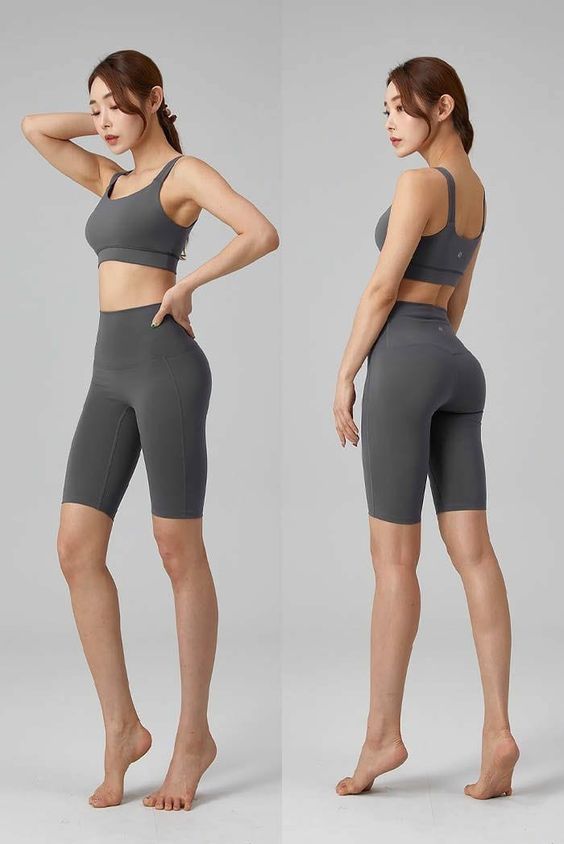
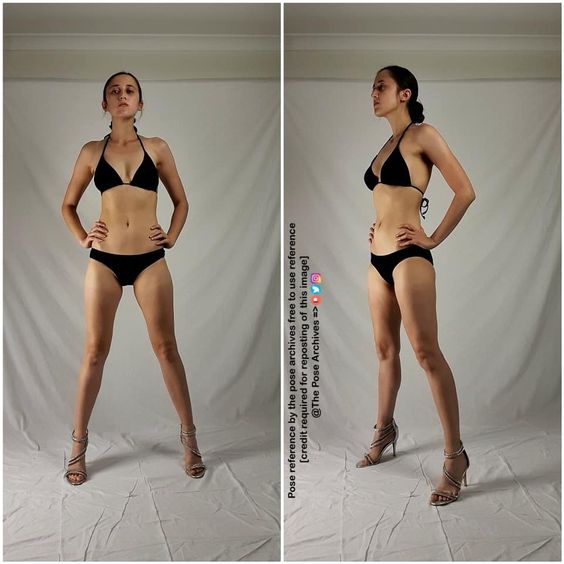
The standing pose with hand on hip is a classic female reference pose. It’s popular in fashion, art, and photography. This pose creates a confident and stylish look.
The model stands upright with one hand resting on her hip. This position emphasizes the waist and creates an S-curve in the body. It adds shape and interest to the figure.
The free arm can be positioned in various ways. It might hang loosely at the side or be used to gesture. Some variations include placing the hand behind the head or touching the face.
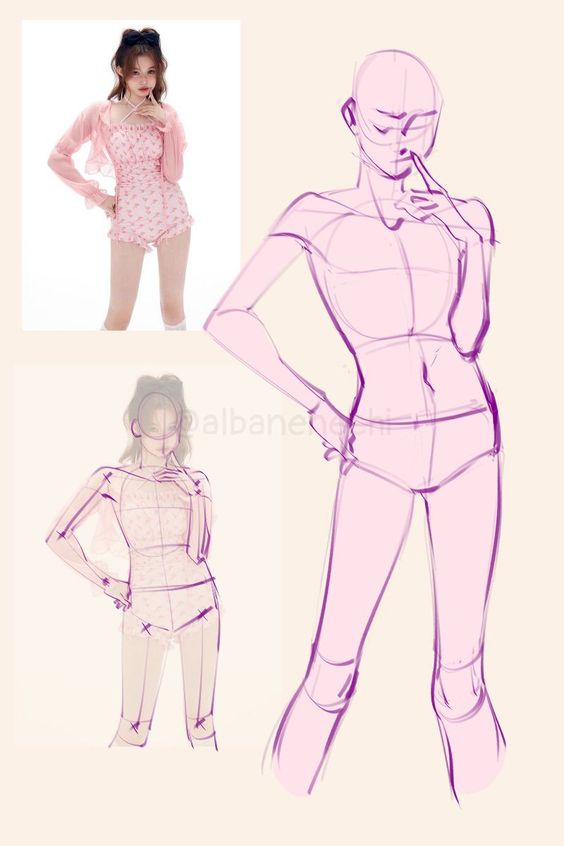
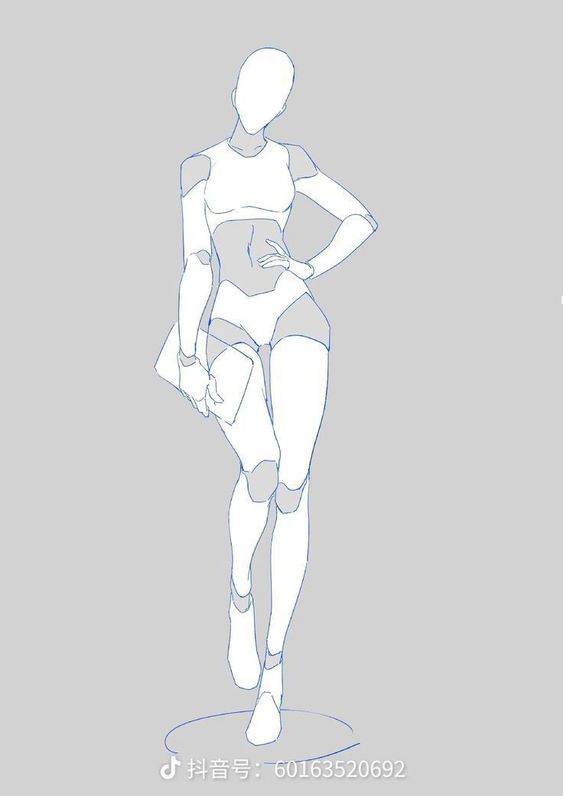
The legs in this pose are often slightly apart. One hip may be pushed out more than the other. This stance adds balance and creates appealing lines in the body.
Facial expressions can range from serious to playful. The head might be tilted or turned slightly. With the help of a good photo rater tool, you can see how these small changes affect the overall mood of the pose, making it easier to improve your visual storytelling.
Artists and photographers use this pose frequently. It works well for full-body shots and portraits. The pose is versatile and can be adapted to suit different styles and concepts.
For a fun creative challenge, try posing your characters as if they’re standing under glowing neon wedding signs — it’s a playful way to practice lighting, mood, and posture all at once.
2. Crouching Pose with Arms Extended
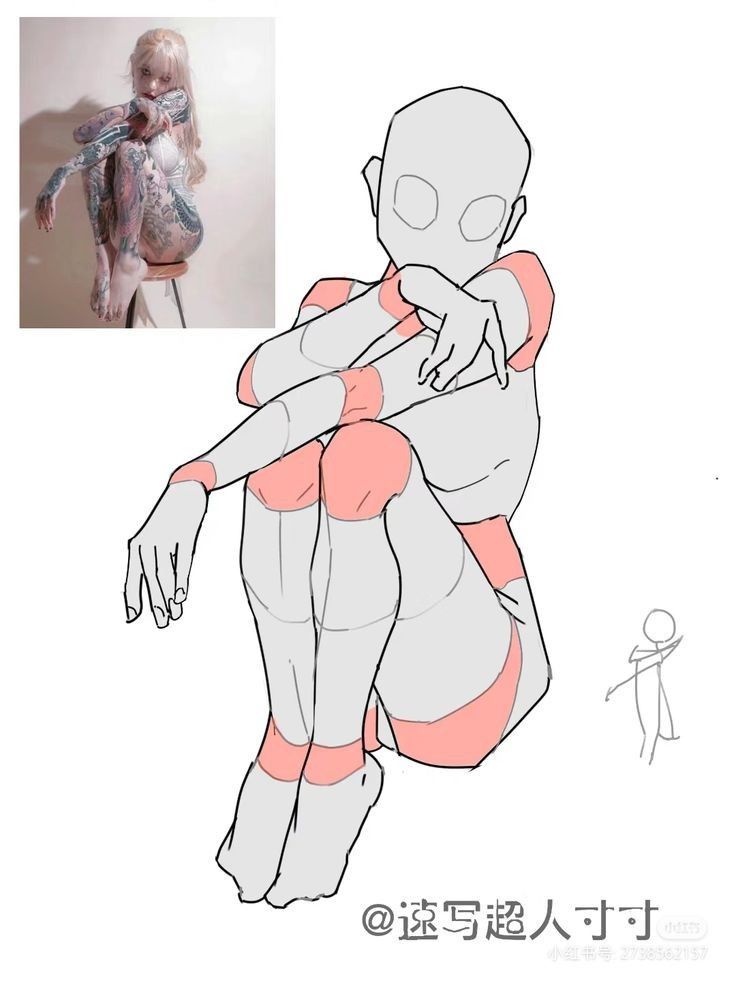
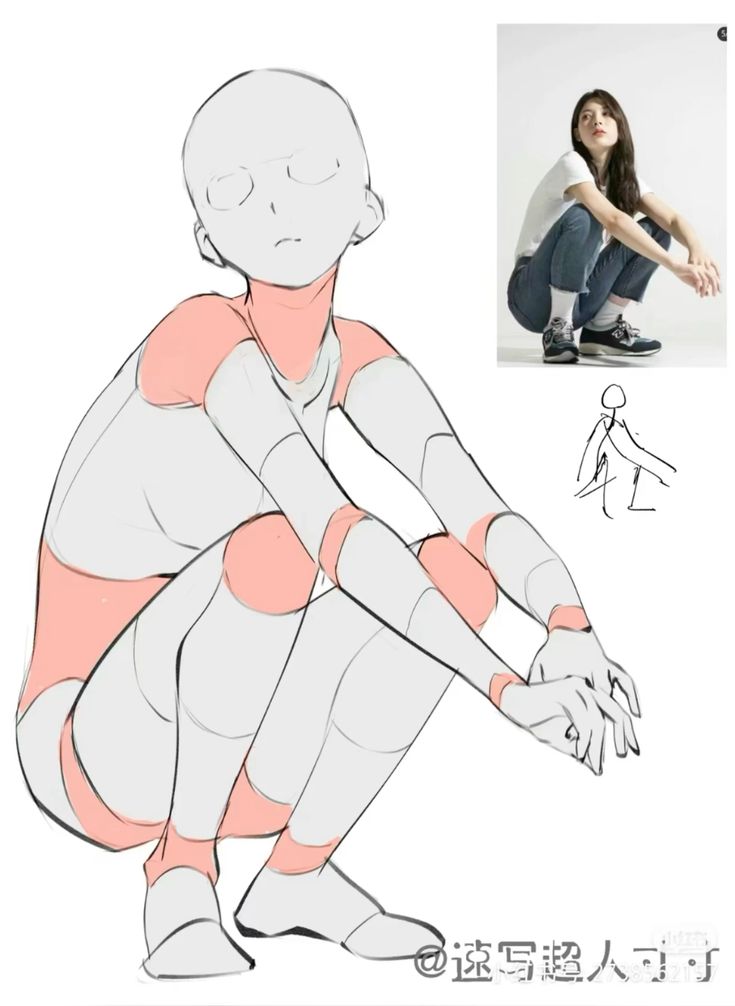
The crouching pose with arms extended is a dynamic reference pose for female figures. It showcases balance, strength, and flexibility. Artists often use this pose to depict action scenes or characters in stealthy positions.
In this pose, the model bends her knees deeply, lowering her body close to the ground. Her arms stretch out to the sides or forward, creating interesting lines and angles. This stance highlights the curves of the back and the defined muscles of the legs and arms.
The pose allows artists to practice drawing complex body positions. It presents challenges in capturing foreshortening and perspective. Artists can experiment with different arm positions to create varied compositions.
This reference pose works well for depicting athletes, warriors, or characters in suspenseful situations. It can convey a sense of readiness or anticipation. The lowered center of gravity suggests stability, while the extended arms imply movement or reaching for something.
When drawing this pose, artists should pay attention to the distribution of weight and muscle tension. The face and hands can add extra expression to the overall composition.
3. Seated Pose with Chin Resting on Hands
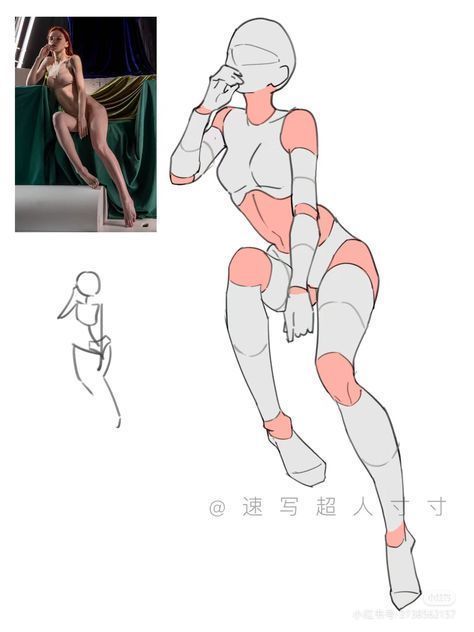
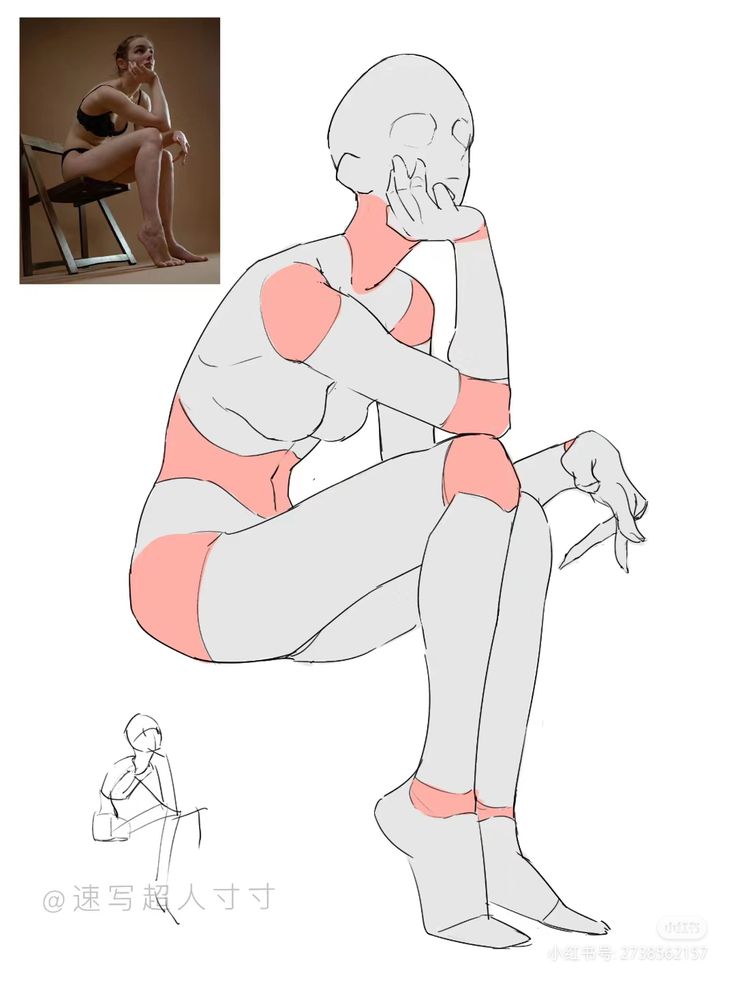
This classic pose showcases contemplation and thoughtfulness. The model sits comfortably, often on a chair or stool. She rests her elbows on her knees or a table, with her chin delicately placed on her hands.
The position creates interesting angles and shapes with the arms and face. It allows for a range of expressions, from pensive to relaxed. Artists can capture subtle details in the hands, face, and posture.
Lighting plays a key role in this pose. Soft, directional light can enhance the mood and create depth. Shadows cast by the hands can add drama and intrigue to the composition.
This pose works well for various art styles. It’s popular in portrait photography, figure drawing, and painting. The seated position provides stability, making it easier for models to hold the pose for longer periods.
Artists often use this pose to convey emotion or tell a story. The subject’s gaze can be directed downward or off to the side, adding to the sense of reflection. It’s a versatile reference that can be adapted to suit different artistic visions.
4. Dancing Pose with Skirt Twirl
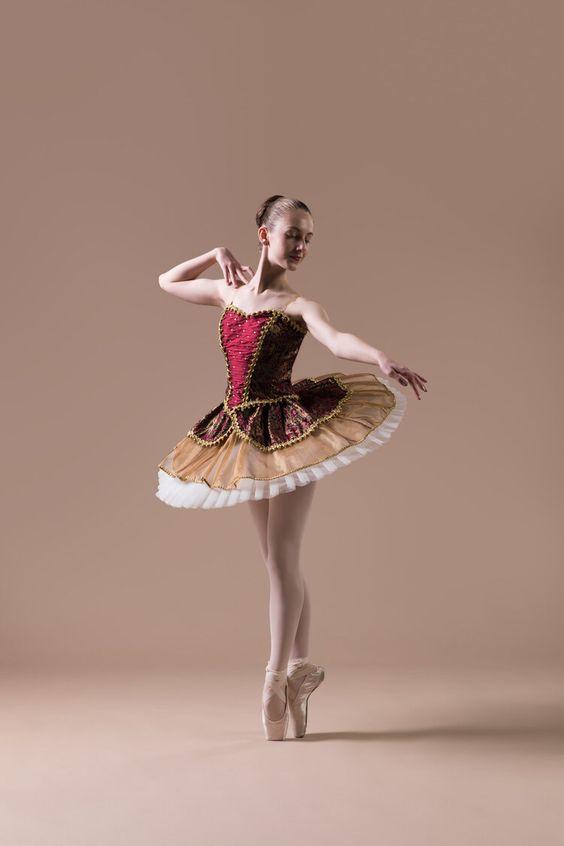
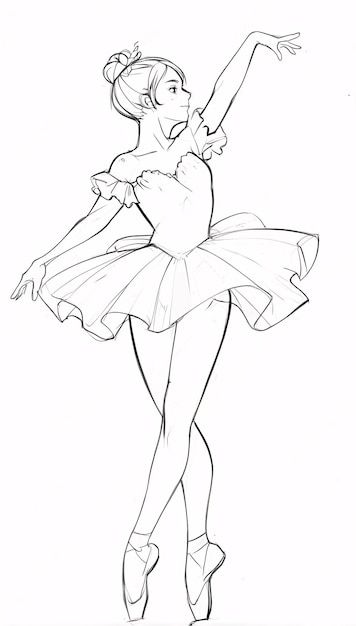
The dancing pose with skirt twirl is a dynamic and expressive reference pose for artists. It captures a moment of movement and energy, making it ideal for portraying grace and fluidity in artwork.
This pose typically features a female figure in mid-spin. Her arms are often raised or extended, creating an open and expansive silhouette. The legs may be crossed or in a stepping motion to show the action of turning.
The key element of this pose is the skirt. As the figure spins, the skirt flares outward, creating a circular or fan-like shape around the lower body. This adds visual interest and helps convey the sense of motion.
Artists can use this pose to practice drawing fabric in motion. The swirling skirt offers opportunities to explore folds, creases, and the way light interacts with moving cloth.
The facial expression in this pose is usually joyful or focused, reflecting the energy of dance. Hair may also be shown in motion, adding to the overall sense of movement in the piece.
5. Reading Pose with Legs Crossed
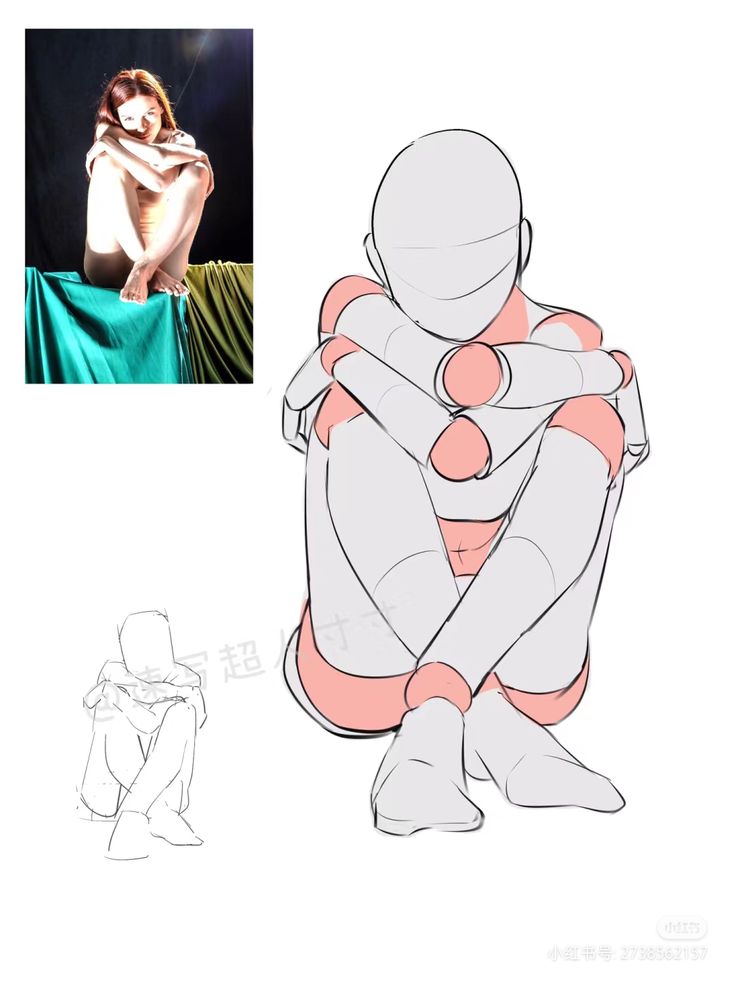
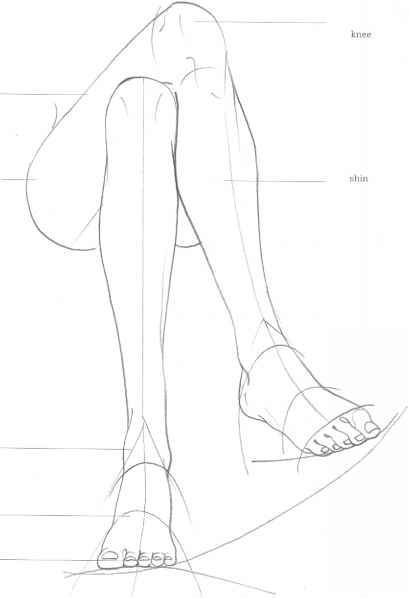
The reading pose with legs crossed is a popular female reference pose for artists. It shows a woman sitting comfortably with one leg crossed over the other. This pose often depicts a relaxed and focused mood.
In this pose, the model typically sits on a chair or couch. Her back is straight but not stiff. One leg is placed over the other at the knee or ankle. This creates an interesting shape for artists to capture.
The model’s arms are usually positioned to hold a book or electronic device. Her head may be tilted down slightly as she looks at what she’s reading. This angle adds depth to the pose.
Artists like this pose because it shows natural body language. It can convey a sense of quiet concentration or peaceful leisure time. The crossed legs also create appealing lines and curves to draw.
This pose works well for various artistic styles. It can be used in realistic portraits, stylized illustrations, or quick sketches. Artists can adjust small details like hand positions or facial expressions to suit their needs.
Understanding Female Anatomy for Poses
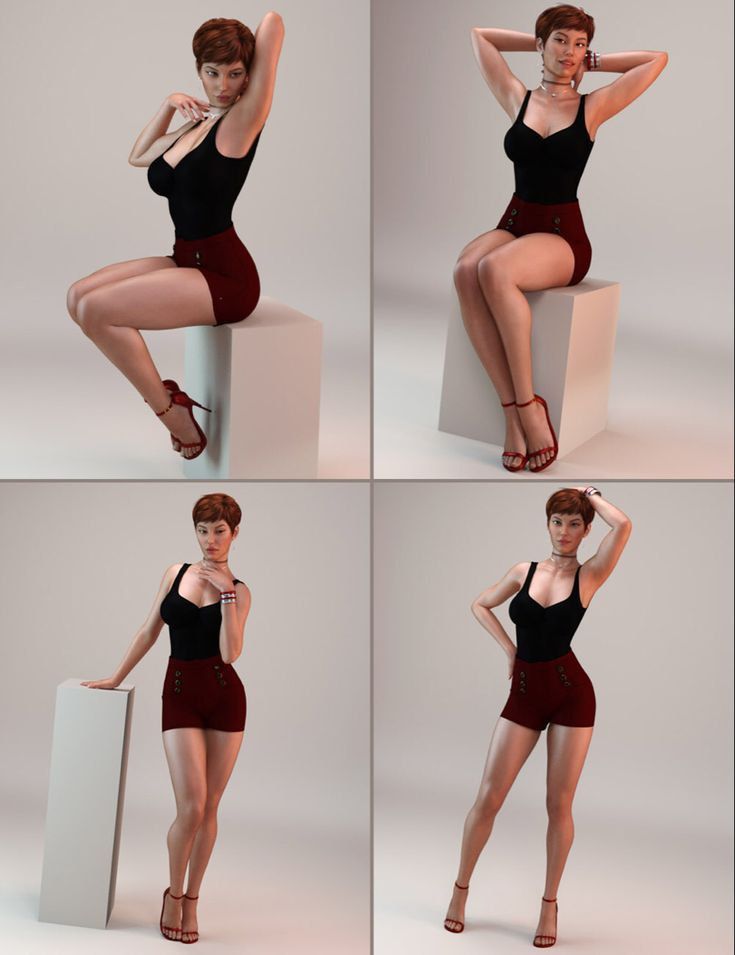
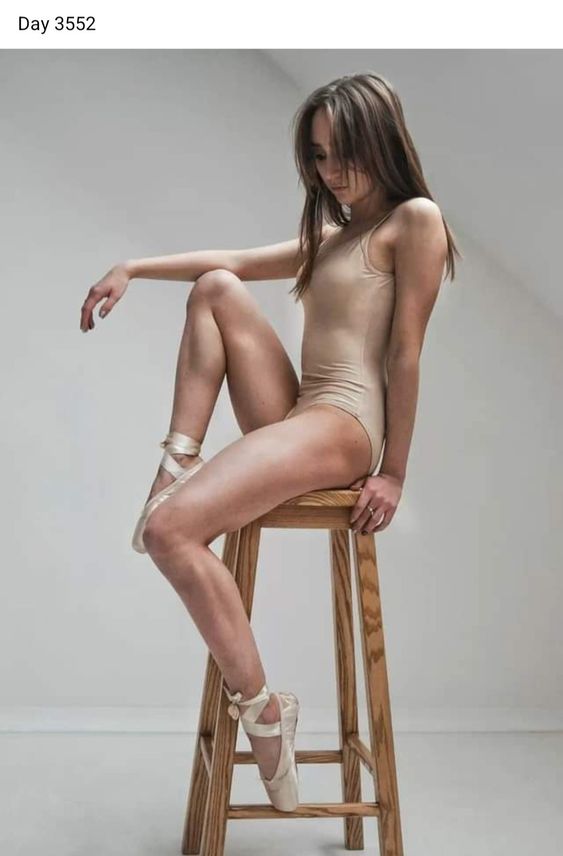
Female anatomy has unique features that impact how poses look. Artists must grasp these differences to create realistic and captivating reference poses.
Key Anatomical Differences
Women tend to have wider hips and narrower shoulders compared to men. This gives the female body an hourglass or pear shape. The waist is usually more defined.
Female breasts come in many sizes and shapes. They affect the silhouette and how clothing drapes.
Women often have a higher body fat percentage. This softens angles and creates smoother curves.
Facial features are generally more delicate in women. They have fuller lips, larger eyes, and higher cheekbones on average.
Importance of Accurate Representation
Proper understanding of female anatomy leads to more authentic poses. It helps avoid common mistakes like masculine proportions or unrealistic body shapes.
Accurate poses celebrate diversity in women’s bodies. They show different ages, sizes, and ethnicities.
Realistic anatomy in art builds trust with viewers. It makes characters more relatable and believable.
Mastering female anatomy allows artists to create dynamic poses. It helps show movement, emotion, and personality through body language.
Essential Tips for Drawing Female Reference Poses
Drawing female reference poses requires attention to detail and an understanding of anatomy. These tips focus on capturing movement and ensuring proper proportions.
Capturing Movement and Fluidity
Start with loose, flowing lines to capture the overall pose. Focus on the spine’s curve and how it affects the body’s position. Pay attention to the balance and weight distribution.
Use quick, light strokes to sketch the basic shapes. This helps maintain a sense of motion in the drawing. Observe how clothes drape and move with the body.
Look for natural curves and avoid straight lines. Women’s bodies tend to have more rounded shapes. Emphasize these curves to create a more realistic and dynamic pose.
Proportions and Symmetry
Use the head as a unit of measurement. A typical female figure is about 7.5 heads tall. The shoulders are usually about 2 heads wide, while the hips are slightly wider.
Pay attention to the waist-to-hip ratio. Women generally have a narrower waist compared to their hips. This creates the characteristic hourglass shape.
Check the symmetry of the body. Even in asymmetrical poses, certain parts should align. The eyes, shoulders, and hips often form parallel lines.
Remember that proportions can vary based on body type and individual characteristics. Study different body shapes to improve your range of female poses.
- 7.3Kshares
- Facebook0
- Pinterest7.3K
- Twitter0
- Reddit0
